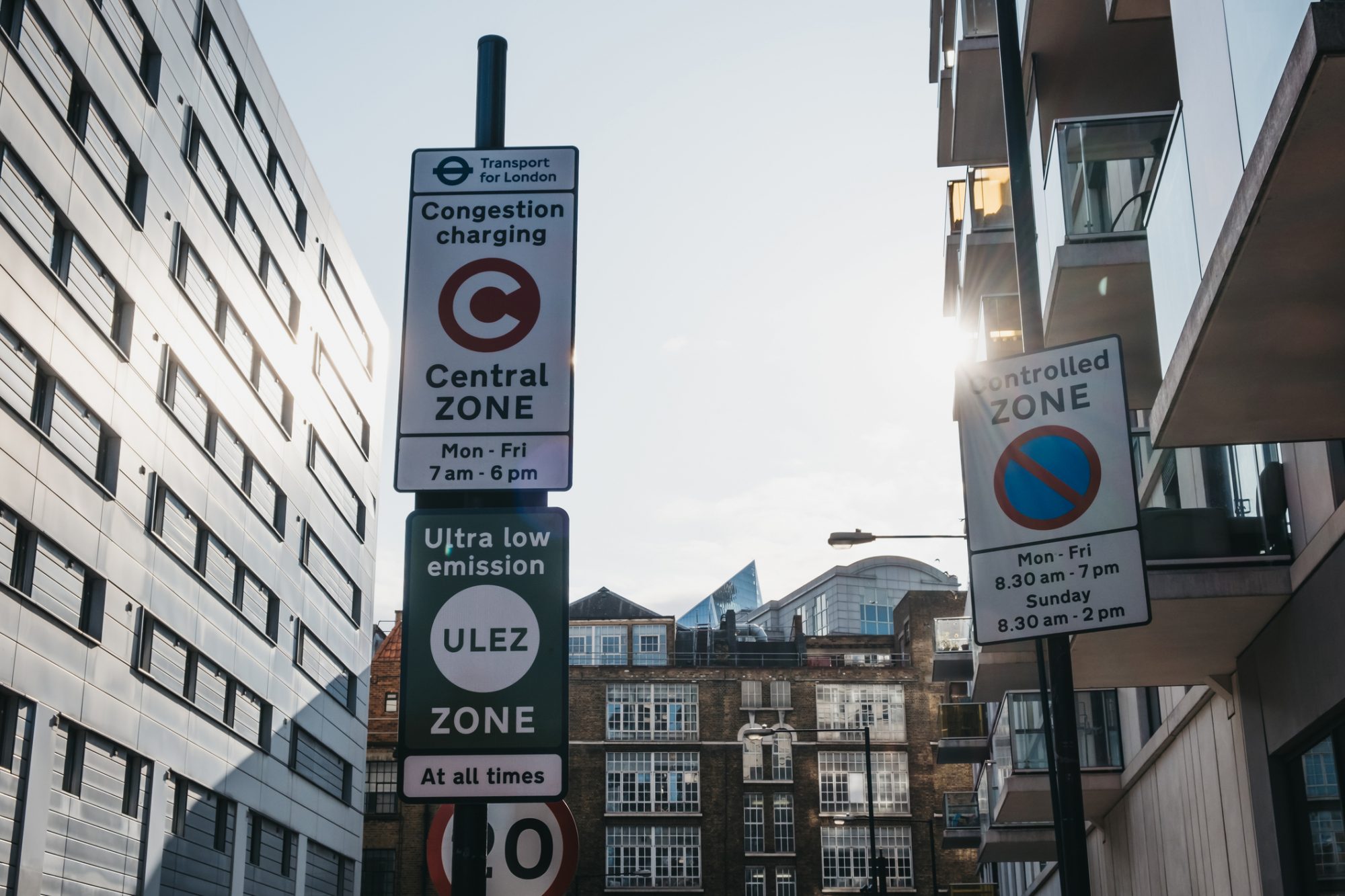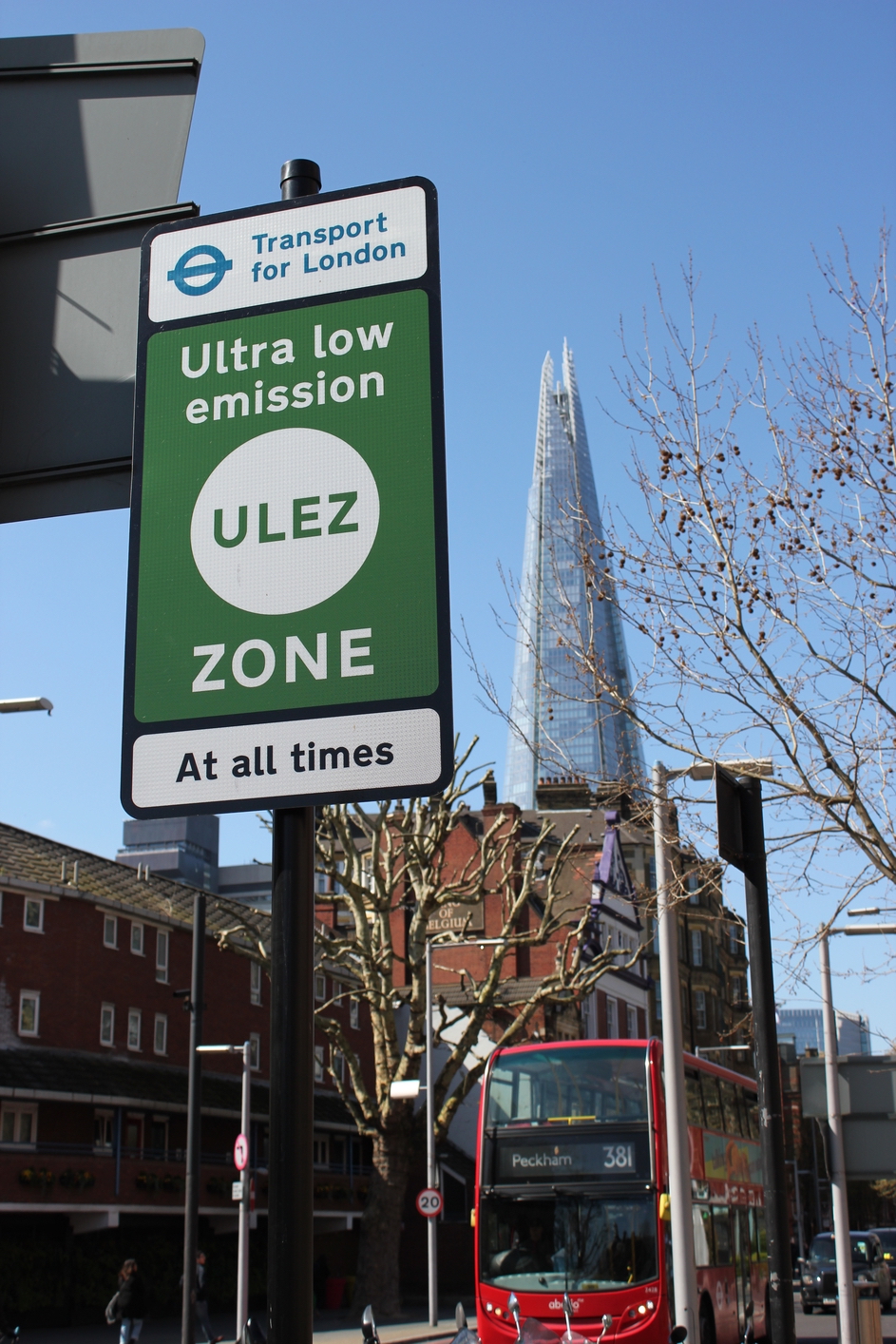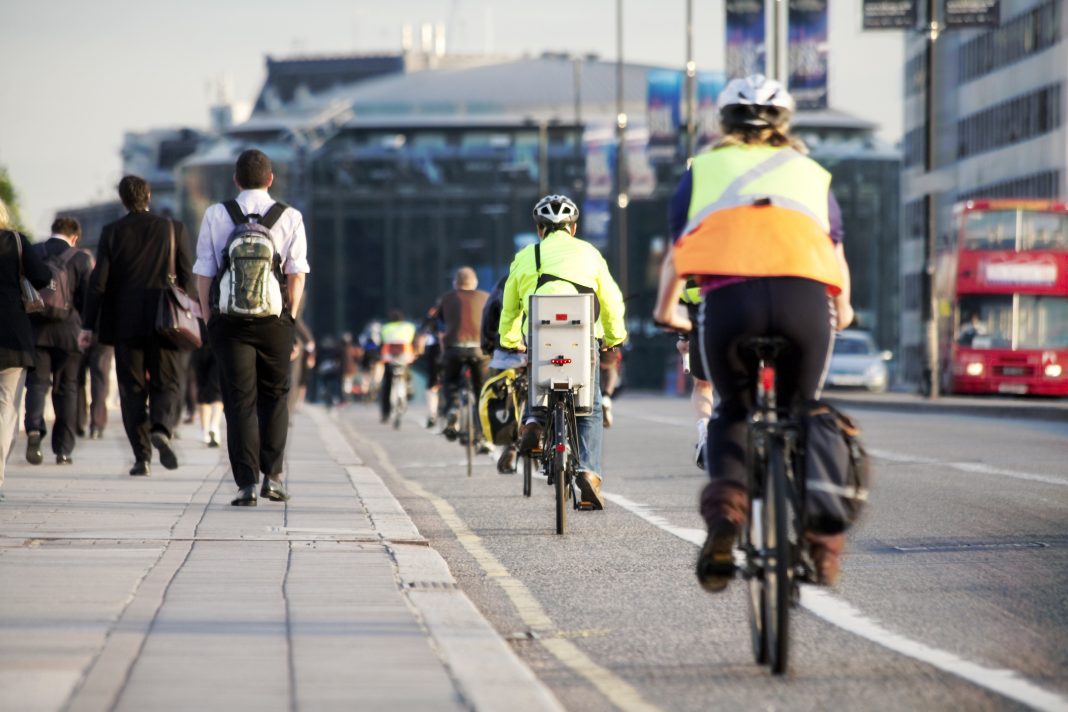Sarah Woolnough, Chief Executive of Asthma + Lung UK, explains which towns and cities are trying to tackle air pollution, reducing the dirty air that causes issues for millions of people with lung conditions
To tackle air pollution is to tackle the biggest environmental risk to human health. The government in England set out targets in 2017 for local councils to provide cleaner air. Five years on, I explain which towns and cities are leading the way in reducing the dirty air that causes issues for millions of people with lung conditions, and the next steps needed to safeguard the nation’s health.
Air pollution is a global health emergency. It is the most considerable environmental risk to human health and is responsible for up to 36,000 early deaths in the UK every year.
Around 24 million people live in urban areas with toxic air above legal limits in England, including 5.5 million children under 18, and at least 1.4 million people living with asthma or chronic obstructive pulmonary disease (COPD). More than a quarter of all schools and colleges are also located where there are dangerously high levels of air pollution. Air pollution can be deadly for those with lung conditions like asthma or COPD. In a recent Asthma + Lung UK survey, half the people questioned with asthma said it was a trigger for their condition, meaning it could cause them to have a life-threatening asthma attack.
Our other research has shown that 40% of babies are born in hospitals surrounded by high levels of air pollution, meaning a baby is born every two minutes breathing in toxic air. This needs to change and fast.
Local authorities have a vital role to play to tackle air pollution. In 2017 over 60 of them were mandated to take urgent action to improve air quality in their areas and reduce nitrogen dioxide (NO2) levels to meet legal pollution limits.
But which towns and cities have managed to do this, and how?

Zoning In On Clean Air
In our new report, Zoning In On Clean Air, we looked at the effectiveness of different measures taken so far, from Clean Air Zones and Ultra Low Emission Zones, to grants for vehicle upgrades and public transport schemes. We also highlighted what else needs to be done to make the UK a safer, cleaner place for us all to live in.
Road traffic is still the most significant contributor to NO2 pollution in the UK. The most effective way local authorities can reduce the damage they do is by introducing clean air zones (CAZs) where air pollution levels are high. These are defined zones which reduce access to the most polluting vehicles either via a charge to enter the zone, applying speed limits or imposing restrictions on the types of vehicles that can enter based on their level of emissions.
Clean Air Zones were first mandated in Derby, Nottingham, Birmingham, Leeds and Southampton in 2015 after the government identified these areas as having illegal levels of NO2. But only Birmingham has rolled out a CAZ. Leeds, Southampton and Derby rejected the government plans altogether and elected non-charging measures to tackle air pollution instead. But, as our report has found, these measures weren’t enough.
Leeds proposed the introduction of a CAZ in 2018, then scrapped these plans in 2020 after securing funding for taxis, buses, coaches and HGVs to be upgraded, retrofitted or replaced to make them less polluting instead. Yet despite the rapid uptake of vehicles with cleaner emissions causing a temporary reduction in air pollution, by 2021, this rose again to 4.3 times above the maximum level recommended by the World Health Organization (WHO).
Upgrading vehicles alone – especially only public transport vehicles – wasn’t enough
The impact the pandemic may have had on this temporary fall in air pollution also needs to be considered. Lockdowns and social distancing restrictions in 2020 meant fewer vehicles on the roads. This makes it hard to calculate whether any drop in air pollution was due to steps taken by the local authority or because there was generally less traffic anyway.
In Southampton and Derby, air pollution fell below legal limits in 2021, so a CAZ was deemed unnecessary even though levels remained higher than the national average. Nottingham was still in breach of legal limits for NO2 in 2022 after abandoning its plans to introduce a CAZ in 2018 and opting to retrofit its bus fleet instead.
Birmingham has taken the most committed approach to cleaner air so far. Last year, the council introduced a central CAZ, charging owners of all polluting cars, vans and taxis £8 daily, or £50 a day for coaches, buses and HGVs. In addition, a scrappage scheme was set up for people on lower incomes, and £2,000 grants were handed out to purchase low-emission vehicles or the equivalent of three years of free public transport travel. Our report highlights the positive impact of these measures in Birmingham, which include a 13% reduction in NO2 compared with pre-pandemic levels just six months on.

London has also led by example in air quality policy with the introduction of its congestion charge in 2003 and an Ultra-low Emission Zone (ULEZ) in 2019 to charge vehicles that did not meet specific emission standards. As a result, NO2 reductions between 2016 and 2020 in London occurred at a rate that was five times faster than anywhere else in the country.
In contrast, in areas where clean air zones were planned but not implemented, such as Greater Manchester and Liverpool, NO2 concentrations have been increasing in recent years. For example, the latest data shows that in 2021, air pollution in Greater Manchester was 5.2 higher than the WHO-recommended levels.
Better roll-out of CAZs and ULEZs needed
One of the obstacles local authorities face is resistance from residents and business owners concerned about the costs of implementing a CAZ scheme. But in Birmingham, the council set up a communication campaign in advance to explain the aims of its CAZ, which garnered support from residents, proving it can work.
Sadly, as of June 2022, only 20% of local authorities (14 out of 64) had implemented all the measures expected by the government in England to bring levels of pollution under legal limits, and only six had a charging CAZ: Bath, Birmingham, Bradford, Bristol, Portsmouth, and York. These regions have taken the right approach, but a postcode shouldn’t determine how clean the air is.
Because of this, we want better roll-out of CAZs and ULEZs, more funding and guidance for traffic reduction measures around care homes, schools and hospitals, where people are most vulnerable to toxic air, better financial incentives for electric vehicles, integration of clean air policies with wider respiratory health plans, and for clean air schemes to be designed together with communities.
If we’re going to make real change and help millions more people breathe cleaner air, national and local governments must come together across the country in a concerted effort to tackle air pollution and its devastating health impacts head-on.
To read Zoning in on Clean Air or find out more about Asthma + Lung UK’s findings around air pollution visit: Asthmaandlung.org.uk/Zoning-in-on-Clean-Air-Report












As I understand it, a majority of the residents in an urban area designated to have CPZs and/ of ULEZ, can successfully resist their implementation.
Is that correct?
Thank you. Mrs. J A Lomax